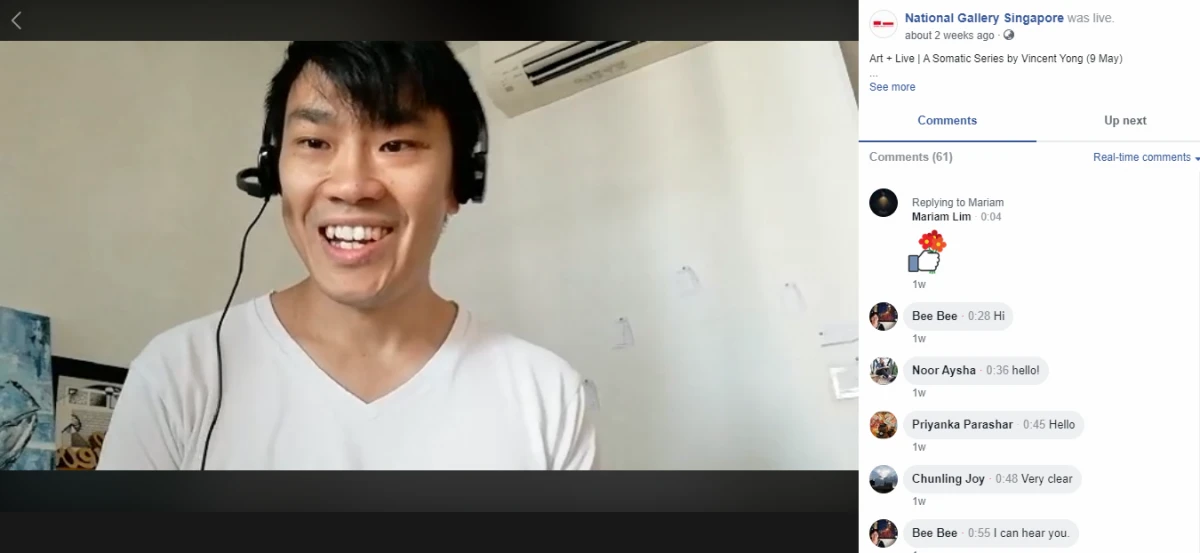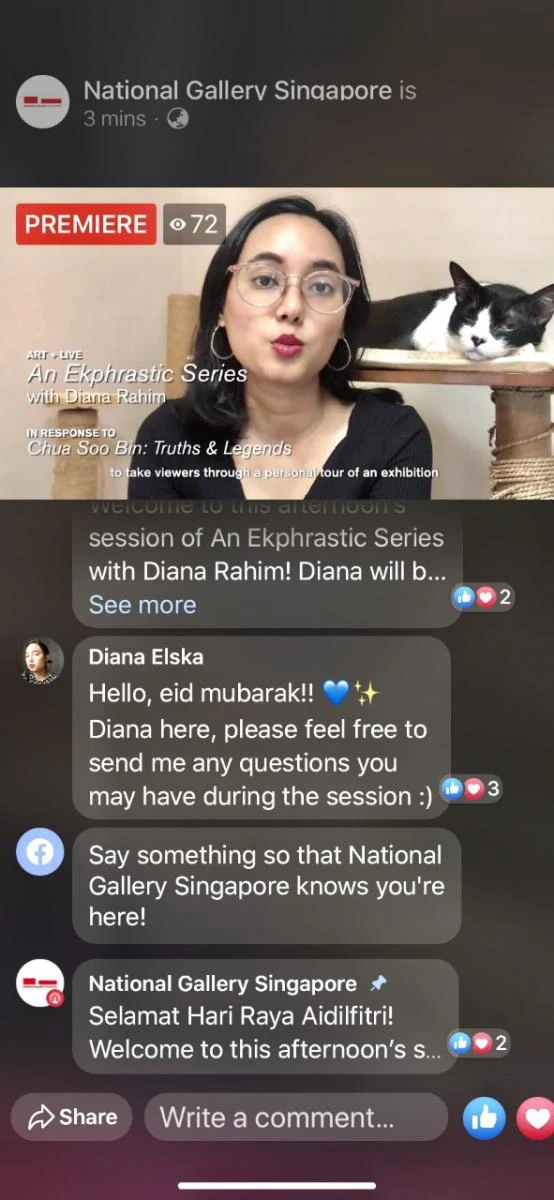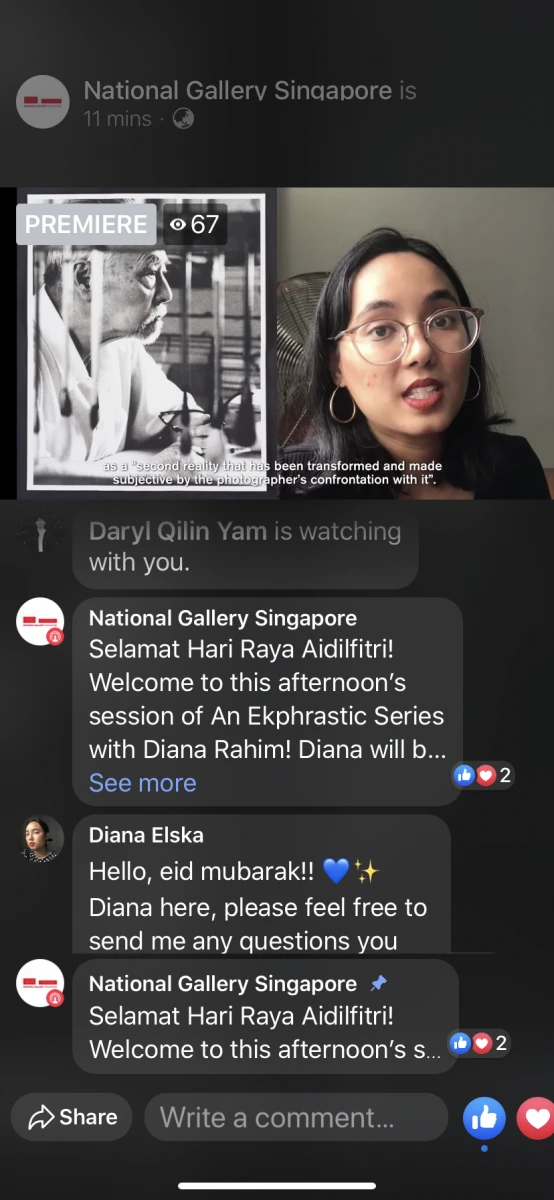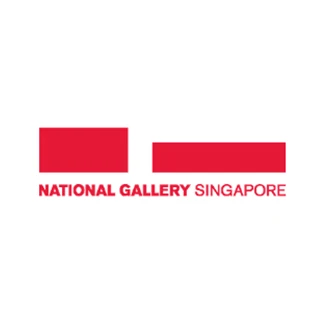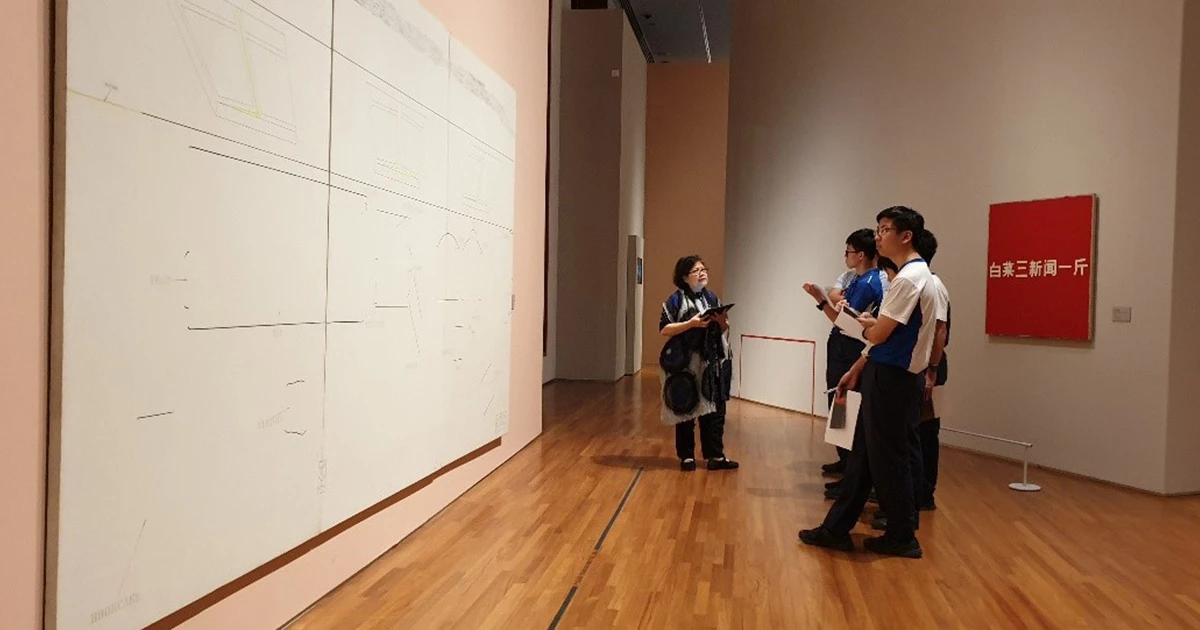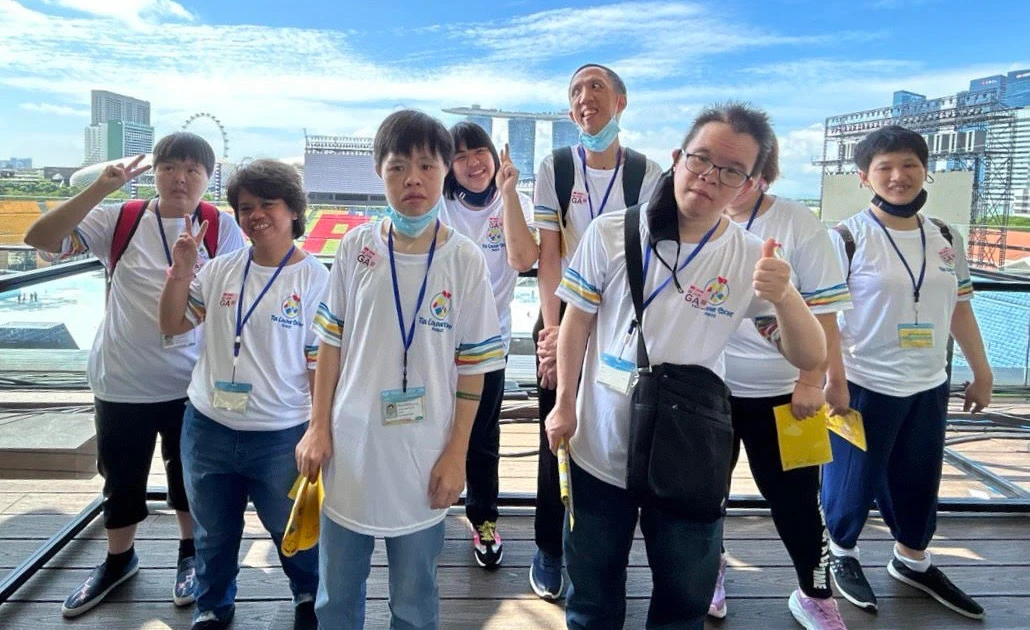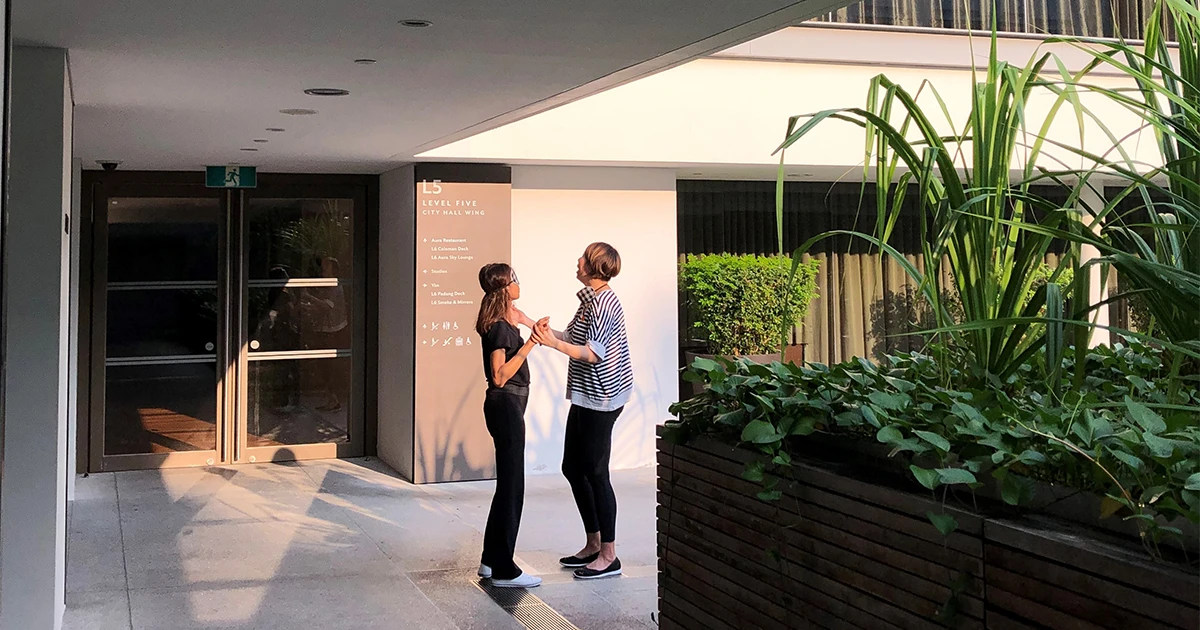Redefining In Situ: Art + Live
Creating opportunities for connection is at the heart of the Gallery’s public programmes. However with social distancing measures in place, the Programmes team has had to rethink the ways in which such encounters can be fostered. Vanini Belarmino (Assistant Director, Programmes) and Maria Khoo Joseph (Manager, Programmes) introduce Art + Live, the Gallery’s programmes online.
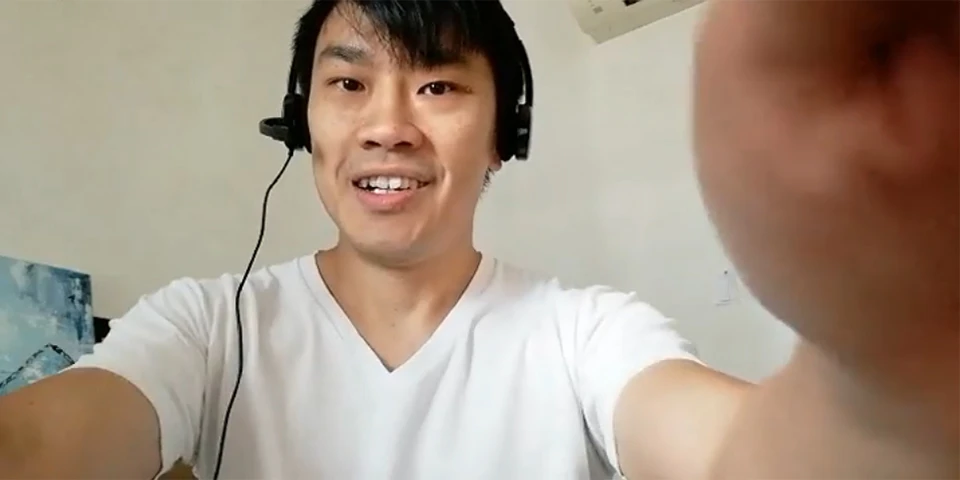
Site-specificity has always been an important part of our programmes—interventions within our exhibition and public circulation spaces allow for interactions that humanise the artworks and empower our audiences. In collaboration with artists in the fields of dance, theatre, music, literature, new media and performance, we offer audiences various ways of seeing, experiencing and perceiving our exhibitions. Interventions range from historical re-stagings, to performance-based responses, participatory works, concerts and workshops, all aimed at establishing human connection, whether by encouraging eye contact or bringing people together in one place.
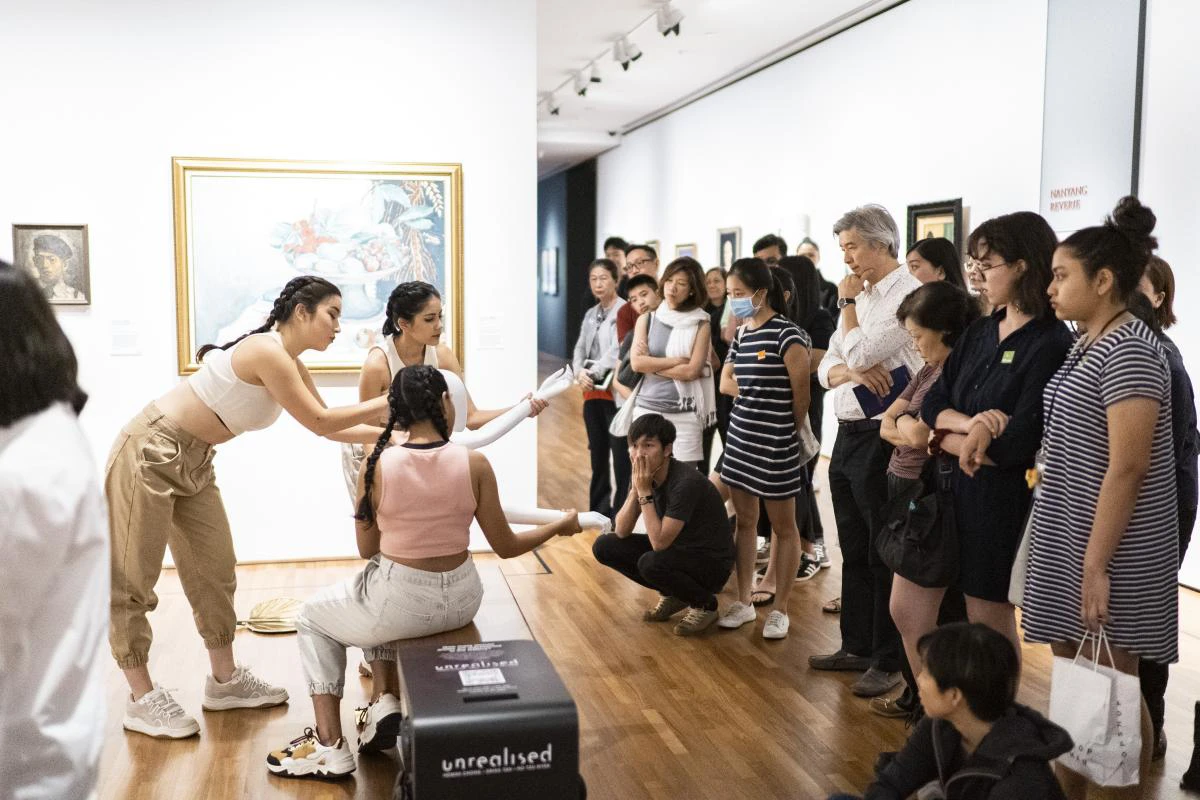
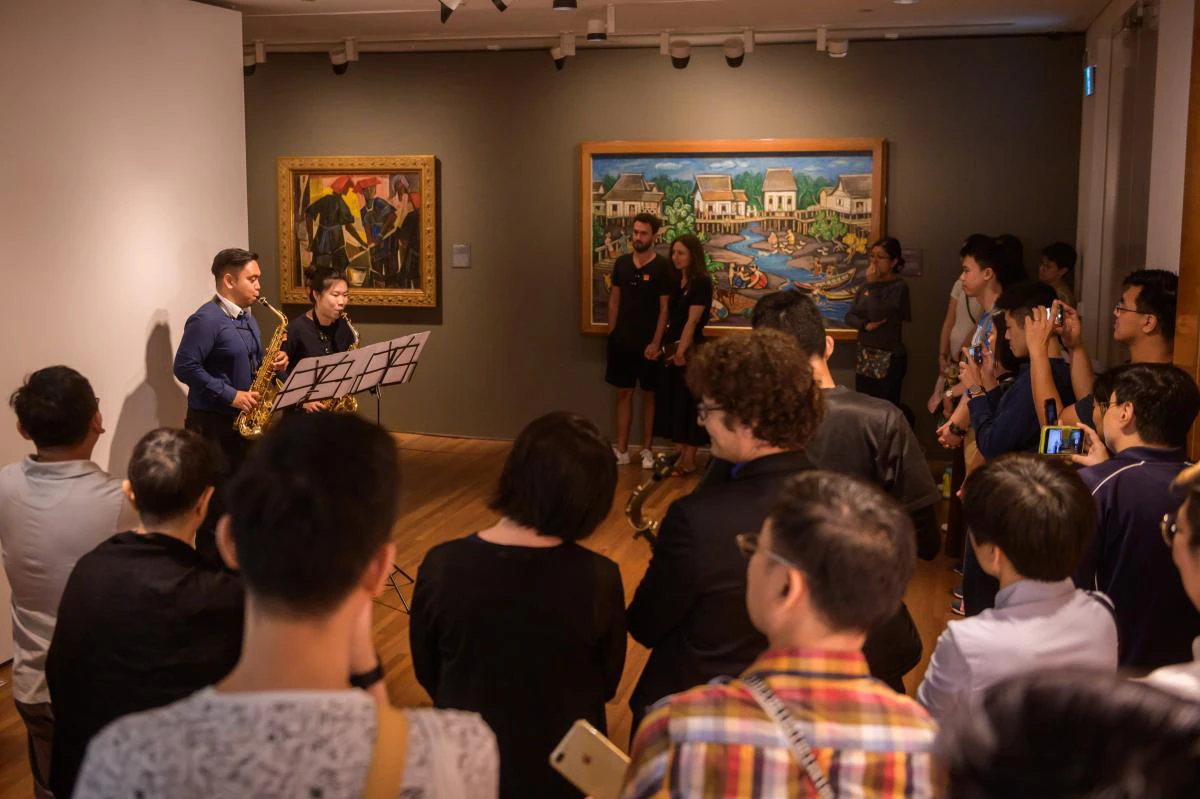
Such encounters are integral to the fabric of our storytelling, however the current pandemic has forced marked physical distances between us. This distance has surfaced the need for connectedness inherent to social beings and with this understanding, the Gallery’s Programmes team has moved selected in-Gallery programmes into the digital realm, revisiting what and how we perceive “in situ”.
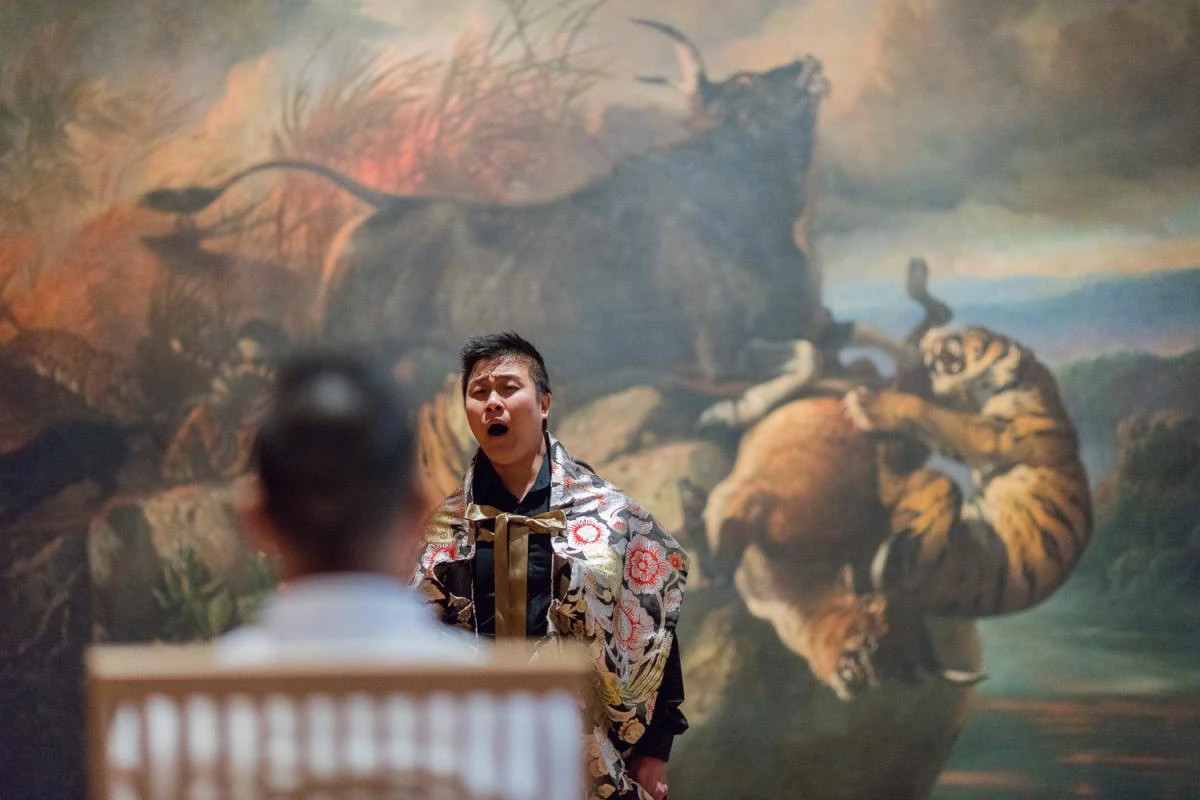
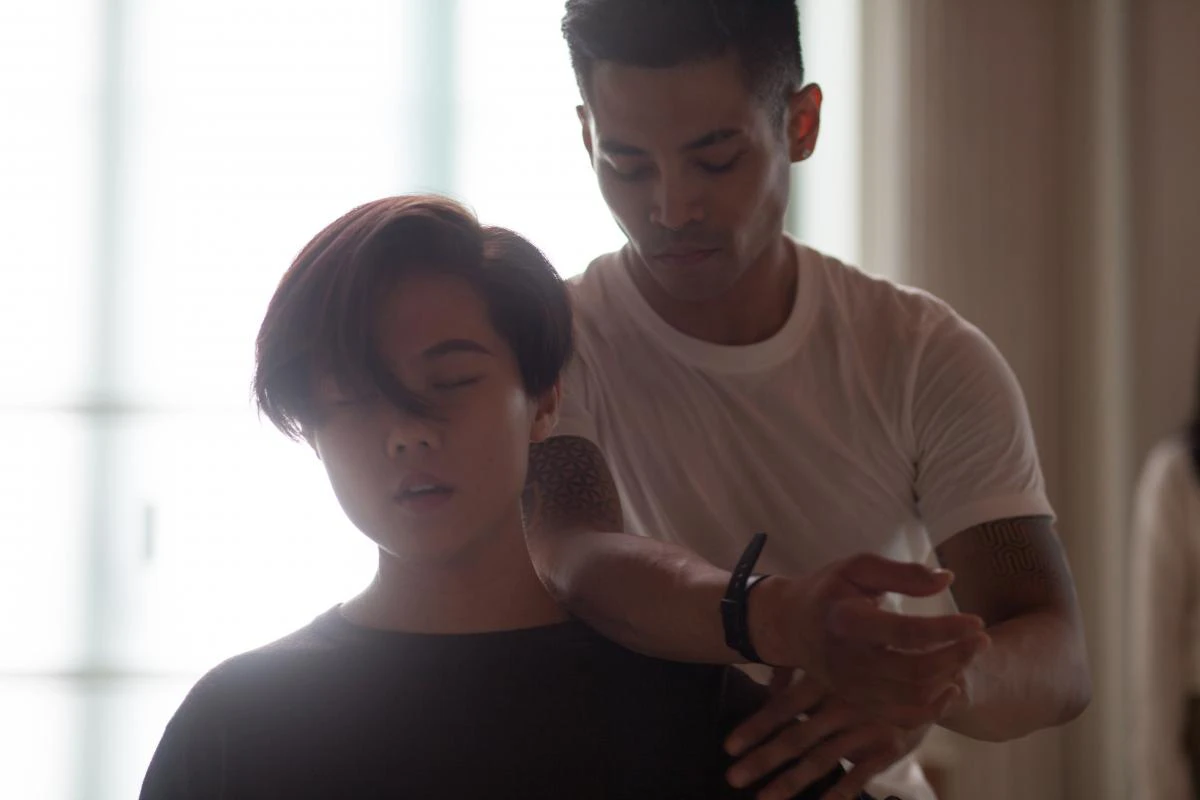
In early May, we piloted Art + Live, a series of 30-minute online programmes comprising 27 episodes of movement and literary workshops, and concerts. From the outset, we underestimated the process of generating a 30-minute Facebook programme. It looked as simple as having a one-size-fits-all solution to “convert” our three selected programmes, the Somatic Series, Ekphrastic Series and Resonates With, into online ones. However, over time we began to recognise the complexity of combining live museum programming, broadcasting (in this case, online streaming) and online community engagement. We were also looking to build the trust and confidence of artists to conduct workshops or perform from the privacy of their homes, in the very public online sphere, for an “invisible” audience.
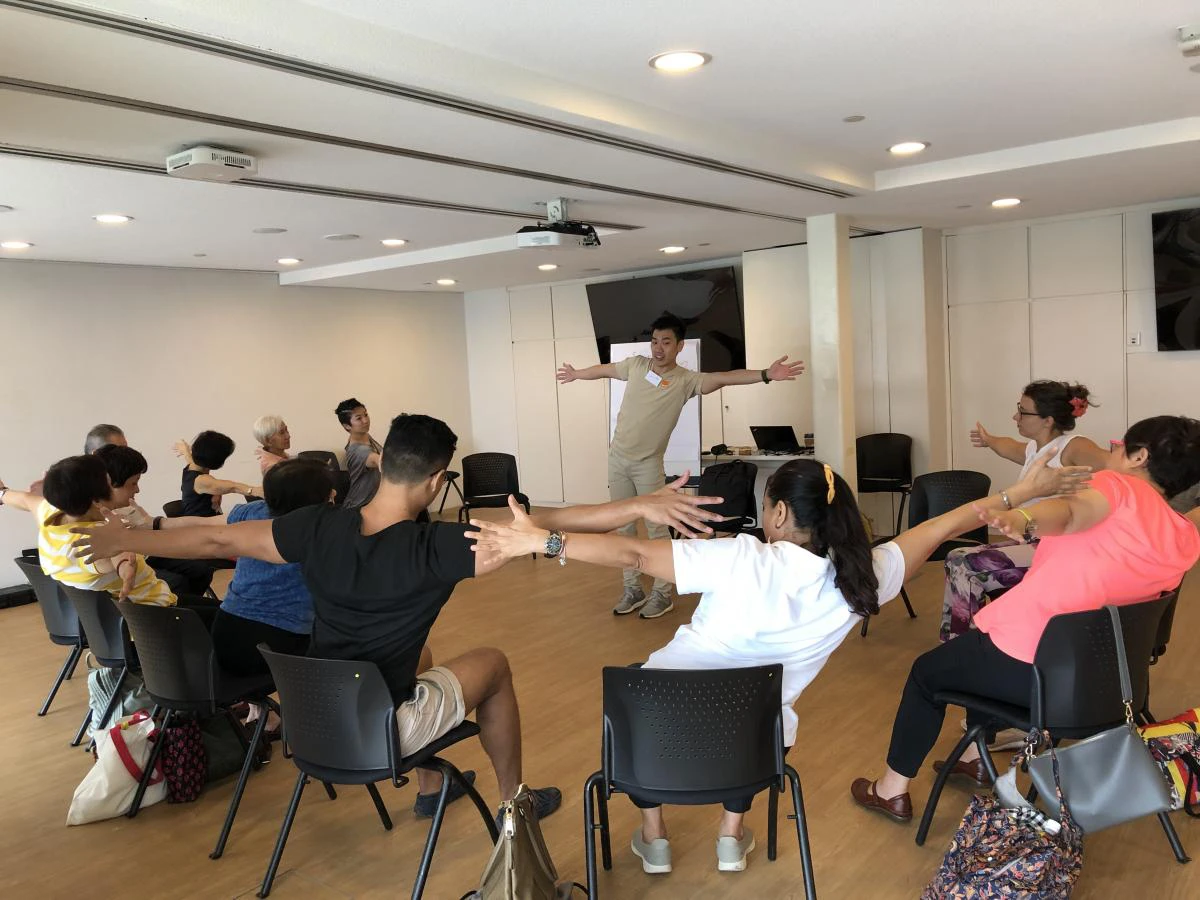
Prior to their participation, we asked the artists some questions: How do you situate yourself in the digital world? Why do you think we should continue to engage with the online community through this programme? How can it provide comfort and offer new perspectives in looking at exhibitions or works at the Gallery? In working towards creating meaningful experiences, we had to keep in mind that the interactions between artist and audience were being mediated by a digital device. Aside from the inevitable technical challenges of moving online, we had to ensure that the means of communication between audiences and artists remained direct and easy to access. As we would typically encourage audiences to respond to the artists in person, we had to create an environment that would continue to be welcoming to audience participation, encouraging this through the comments in our livestreams.
We asked our artists to reflect and respond to the anxieties of the day, considering how their responses and artwork selections might address our audiences’ state of mind. For the Ekphrastic Series, Diana Rahim drew attention to the continued need for communication and engagement during this crisis period and the need for artistic inspiration during these times of high stress and anxiety. Her programme was a response to artworks featured in the exhibition Chua Soo Bin: Truth and Legends, and focused on getting in touch with our own humanity through art. Screening later this month, Roberto Alvarez and Hunter Mah’s Resonates With session aims to bring audiences on a musical journey that will transport them beyond isolation, while Albert Tiu’s session will be dedicated to frontline medical personnel, reflecting on Chia Yu Chian’s and Liu Kang’s work featuring the same subject matter.
While the programmes screened so far may be regarded as a less polished final product, they have facilitated an unexpected intimacy between artist and audience. Each physically isolated, the shared experience of vulnerability has allowed for connection across the technological divide. While this pandemic has upended many of our institutional assumptions about programming and human interaction, it has made us all re-evaluate our priorities, not just as individuals but as a Gallery. This crisis has forced us to be flexible, to think beyond the confines of physical space and to reach out to new audiences who otherwise might not have access to the Gallery’s spaces. When we return to a place of social interaction more akin to our recent past, we will continue to question how we can reach out to others with art, and how we can connect with others in a genuine way, regardless of the interface.










